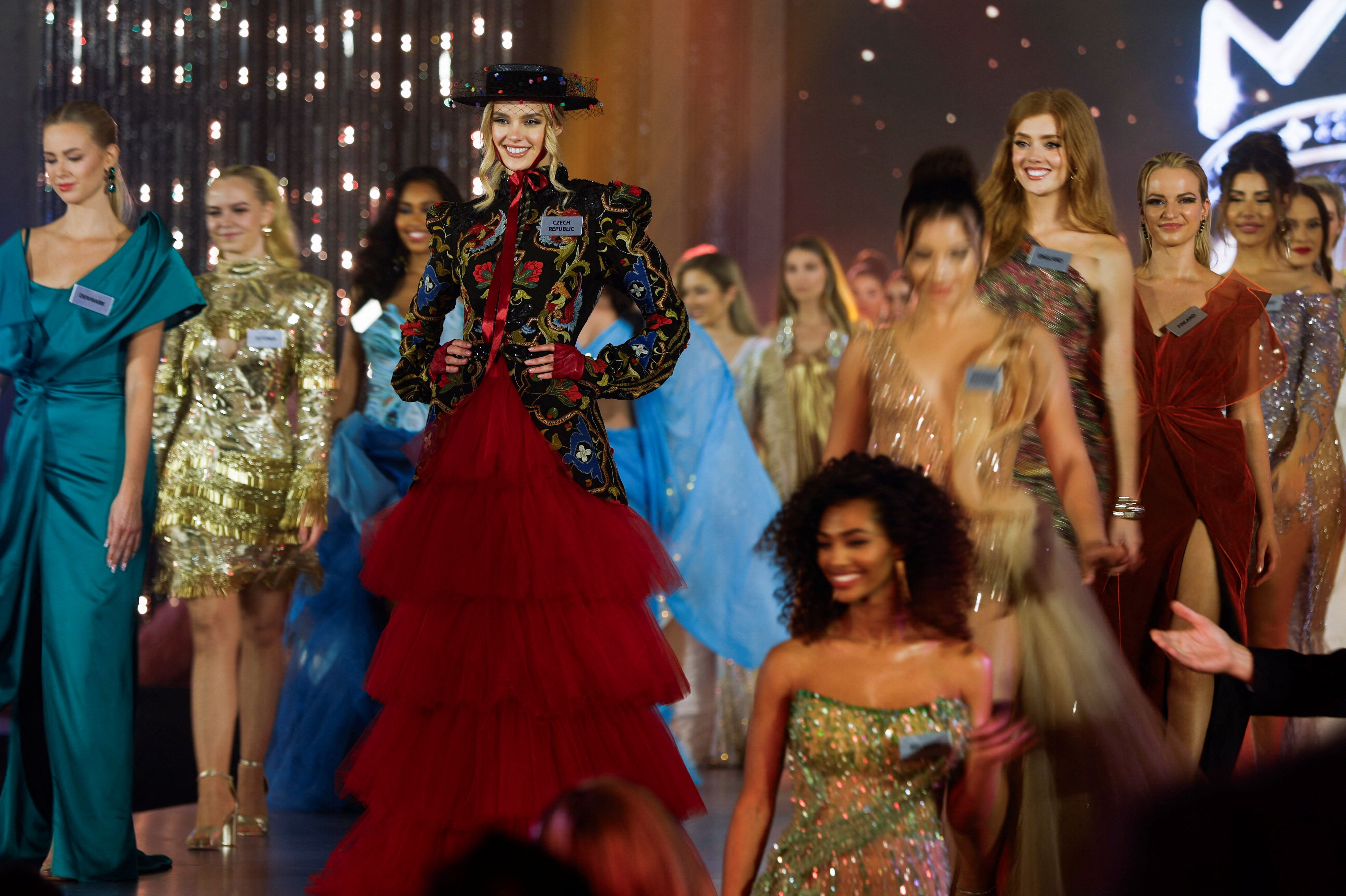From Kiki Håkansson to Karolina Pyszková: Miss World Winners Through the Years: A Critical Examination
Introduction:
On November 11, 1951, Kiki Håkansson, a Swedish model, was crowned the inaugural Miss World. Since then, the pageant has crowned 70 women from diverse backgrounds, including Karolina Pyszková, the current Miss World from the Czech Republic. This essay examines the complexities of the Miss World pageant, exploring its historical evolution, cultural impact, and the evolving perspectives on beauty standards.
Historical Evolution:
The Miss World pageant was founded by Eric Morley as a global celebration of beauty. In its early years, the pageant emphasized physical attributes, with a focus on traditional beauty standards. However, over time, the pageant evolved to include criteria such as poise, personality, and charitable work, reflecting changing societal norms. The introduction of a "Beauty with a Purpose" segment in 1971 aimed to highlight the social impact of the contestants.
Cultural Impact:
The Miss World pageant has had a profound cultural impact, shaping perceptions of beauty and gender around the world. It has provided a platform for women to showcase their talents and advocate for important causes. However, the pageant has also faced criticism for perpetuating narrow beauty ideals and reinforcing traditional gender roles. The recent inclusion of a "Sports" category and a "Talent" segment attempts to address these concerns by broadening the definition of beauty beyond physical appearance.
Perspectives on Beauty Standards:
The Miss World pageant has contributed to both the reinforcement and challenge of beauty standards. On one hand, it has promoted idealized notions of beauty, which can lead to body dissatisfaction and low self-esteem among young women. On the other hand, the pageant has provided an opportunity for women of diverse backgrounds to represent their cultures and challenge conventional beauty standards. The increasing representation of women from non-European countries and the inclusion of women with disabilities have helped expand the perception of what is considered beautiful.
Analysis of Perspectives:
Scholars have analyzed the Miss World pageant from various perspectives. Feminist critics argue that the pageant objectifies women and reinforces patriarchal beauty ideals. They criticize the emphasis on physical appearance and the narrow definition of beauty. Social constructionists argue that beauty standards are socially constructed and change over time. They point to the evolving criteria of the Miss World pageant as evidence of this fluidity. Cultural anthropologists have examined the pageant as a global phenomenon, exploring its impact on cultural identity and intercultural communication.
Conclusion:
The Miss World pageant is a complex and multifaceted phenomenon that has evolved over time. It has both celebrated and challenged beauty standards, providing a platform for women to showcase their talents and advocate for social causes. While the pageant has faced criticism for its reinforcement of traditional gender roles and narrow beauty ideals, it has also played a role in expanding the perception of what is considered beautiful. As the pageant continues to adapt to changing societal norms, its relevance and impact will continue to be debated and analyzed.
Broader Implications:
The Miss World pageant reflects the broader social and cultural discourses surrounding beauty, gender, and representation. Its evolution and the ongoing debates around it highlight the complex and evolving nature of beauty standards. The pageant serves as a reminder that beauty is subjective and can be shaped by both societal norms and individual experiences. By engaging with these complexities, we can foster a more inclusive and diverse understanding of beauty that values individuality and celebrates the diversity of human experiences.
49ers Vs Lions Q2 Analysis: High-Scoring Game Unfolds In Season Finale
Eminem: The Rap God Who Broke Records
Babe Ruth: The Sultan Of Swat Who Revolutionized Baseball



